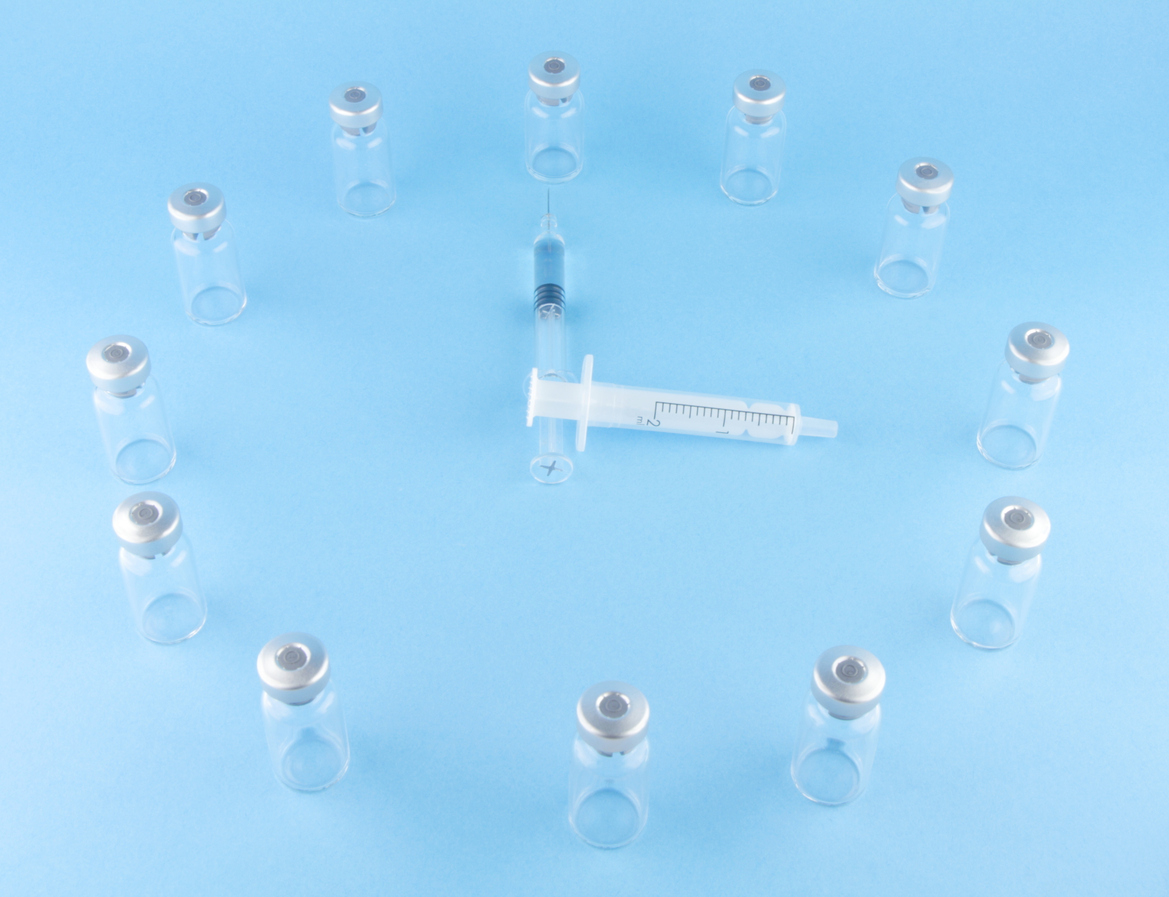Primary care clinics experienced a significant decline in influenza vaccinations as the day progressed, researchers from Penn Medicine report in a new study published in JAMA Open Network. However, “nudging” clinical staff to order vaccines using a behavioral economics technique known as “active choice” may help curb some of that drop-off, the study suggests. The study is the first to show how clinic appointment times can influence influenza vaccination rates.
“As the day progresses, clinicians may have less time to spend on discussing the vaccine with patients,” said lead author Rebecca Kim, a resident physician in the primary care track at Penn Medicine. “Our findings show that time of day is an important factor in vaccination rates and could help to inform the design of future interventions to improve vaccination rates.”
Researchers found that vaccination rates dropped significantly throughout the day across 11 primary care clinics at Penn Medicine over a three-year period (2014–2017)—from 44 percent at 8 a.m. to 32 percent at 4 p.m.
In the third year, the team implemented a nudge in the electronic health record (EHR) at three of the clinics, which prompted medical assistants to “accept” or “decline” an influenza vaccination order for eligible patients for the clinicians to review. They found the intervention was associated with a 9.5 percent increase in vaccinations, which is nearly a 20 percent relative increase compared to practices with no intervention.
“In the United States, influenza vaccination rates have been suboptimal, at about 40 percent for nearly a decade,” said study senior author Mitesh S. Patel, an assistant professor of medicine and director of the Penn Medicine Nudge Unit. “Our study indicates that nudges in the EHR could be an effective and scalable approach to increase vaccination in the primary care setting.”
Read more at Penn Medicine News.








